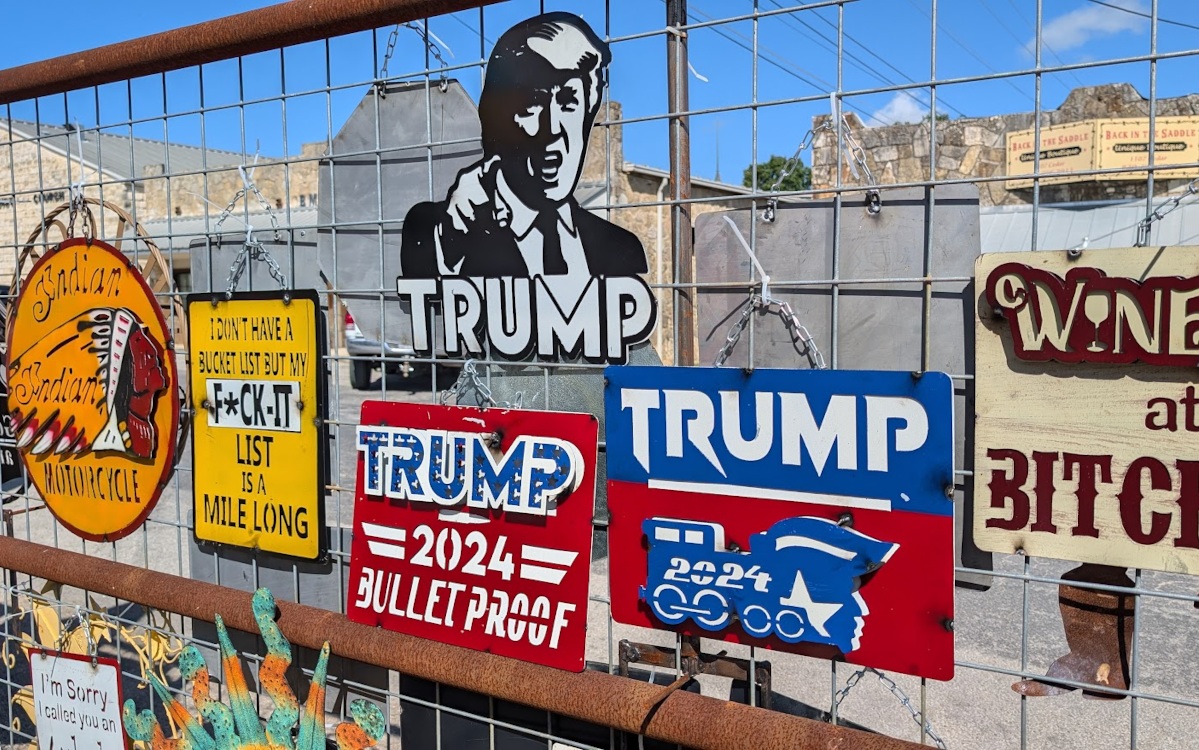The US president-elect vows to impose tariffs on his first day in power in retaliation for illegal immigration and drug trafficking. Donald Trump announced that he will levy tariffs of 25 percent on all imports from Canada and Mexico, and an extra 10 percent tariff on Chinese goods. The impact on digital signage hardware could be considerable.

Global Market: Donald Trump Plans to Hit China, Canada, and Mexico with New Tariffs
Despite the current free trade agreement USMCA that Trump inked with Canada and Mexico during his first term, the president-elect plans to levy new tariffs of 25 percent on all imports from Mexico and Canada as well as an additional 10 percent on all imports from China.
The newly announced tariffs could considerably impact the digital signage industry in the US, as more than 50 percent of displays, LED, and media players are either imported from China or assembled on behalf of manufacturers in Mexico. Many digital signage hardware manufactures opened factories in Mexico in recent years to benefit from the Canada-US-Mexico free trade zone.
Currently, electronics for commercial use imported from China to the US are subject to a 6 percent duty while Made in Mexico is duty free. In contrast to automobiles and other categories, electronics have so far been spared from punitive tariffs by the past Trump and Biden administrations. An additional 10 percent duty on Made in China and 25 percent on Made in Mexico would have an considerable impact on prices of digital signage hardware in the US.
According to US International Trade Commission data from 2019, the top importers of electronics to the US are:
- China 34,5%
- Mexico 17,4%
- Malaysia 6,2%
- Taiwan 5,5%
- Vietnam 4,7%
- Japan 4,5%
- Germany 3,5%
- South Korea 3,5%
- All other countries 20,2%
According to experts, new tariffs on imports from the US’s three largest trading partners would significantly increase costs and disrupt business across all economies involved.
Made in ASEAN and Made in EU as an alternative?
Especially LCDs and LEDs are currently not manufactured in the US. Local assembly lines could be put up in the foreseeable future, but the main components would still need to be imported from China. Alternatively, Samsung, LG and Co. could start shipping from their factories in Vietnam, Indonesia, Malaysia, or even the EU. Selected Chinese LED manufacturers are already shipping their hardware from the EU to the US, as Made in China is increasingly difficult to sell.
Stratacache CEO Chris Riegel has started setting up a local LED assembly in Oregon, but is still waiting for certain assembly machinery to arrive. Demand for LED assembly tools is very high, especially from automotive suppliers.
If Donald Trump follows through on his announcement after his January inauguration, the digital signage industry may face significant price increases across most hardware categories. The impact is already tangible, as ports in Europe report 40 percent increased shipping of containers to the US since the election. Goods likely to be targeted with new tariffs are shipped from Asia but also from distribution centers around the world to the US to stockpile inventory. As a result, hardware prices may also rise outside the US.
